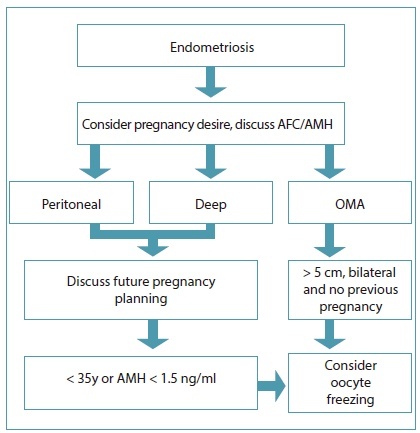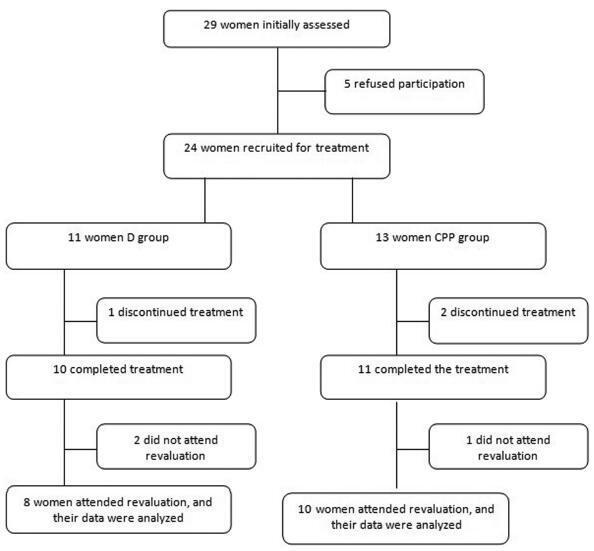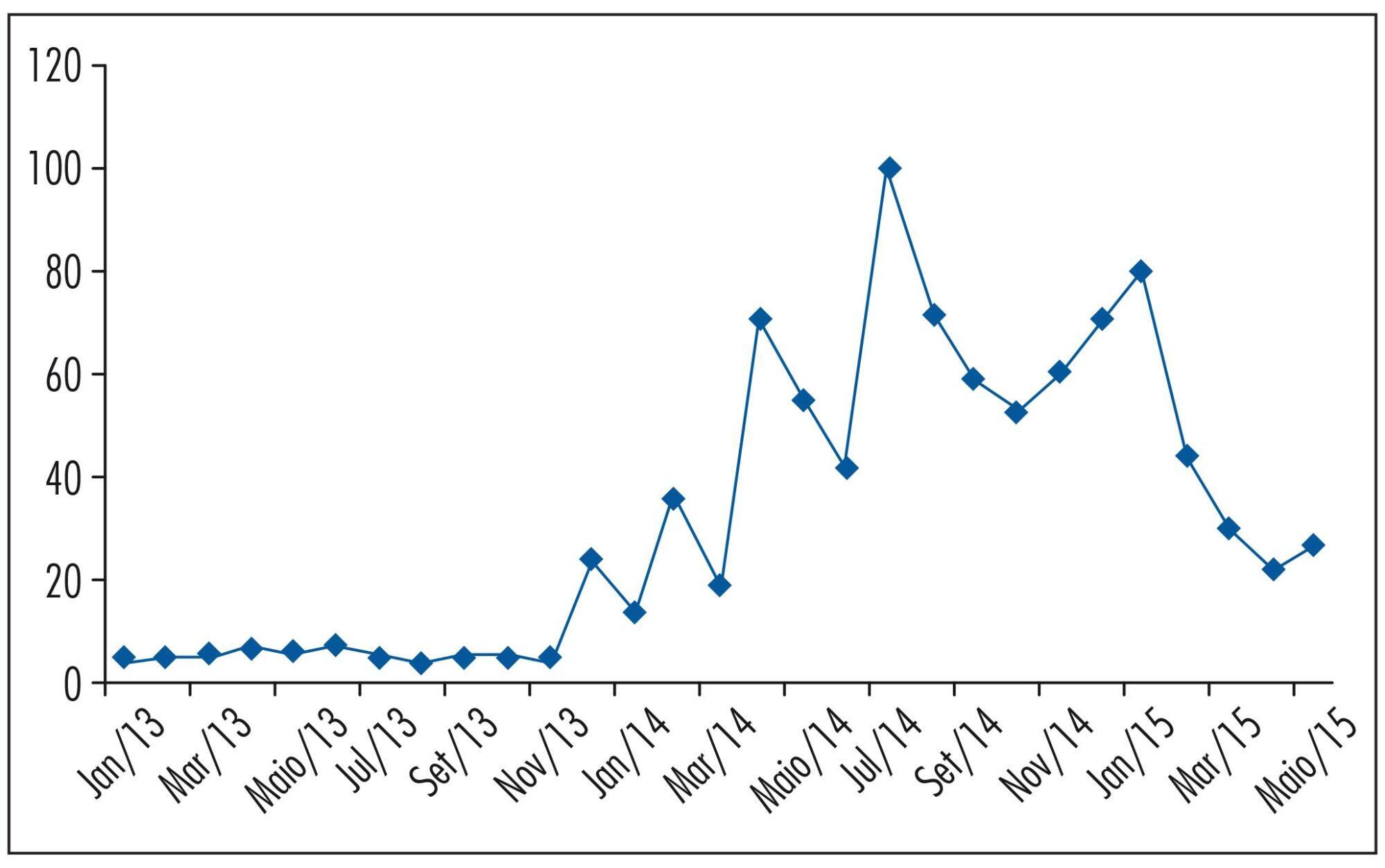You searched for:"Julio Cesar Rosa e Silva"
We found (18) results for your search.Summary
Revista Brasileira de Ginecologia e Obstetrícia. 2023;45(11):635-637
Summary
Revista Brasileira de Ginecologia e Obstetrícia. 2022;44(12):1102-1109
To evaluate the use of misoprostol prior to hysteroscopy procedures regarding technical ease, the presence of side effects, and the occurrence of complications.
This is a retrospective, observational, analytical, case-control study, with the review of medical records of 266 patients followed-up at the Gynecological Videoendoscopy Sector of the Hospital das Clínicas da Faculdade de Medicina de Ribeirão Preto of the Universidade de São Paulo (HCFMRP – USP, in the Portuguese acronym) from 2014 to 2019, comparing 133 patients who used the drug before the procedure with 133 patients who did not.
The occurrence of postmenopausal uterine bleeding was the main indication for hysteroscopy and revealed a statistical difference between groups (p < 0.001), being present in 93.23% of the patients in the study group and in 69.7% of the patients in the control group. Only 2 patients (1.5%) in the study group reported adverse effects. Although no statistical differences were observed regarding the occurrence of complications during the procedure (p = 0.0662), a higher total number of complications was noted in the group that used misoprostol (n = 7; 5.26%) compared with the group that did not use the drug (n = 1; 0.75%), a fact that is clinically relevant. When evaluating the ease of the technique (measured by the complete performance of all steps of the hysteroscopy procedure), it was verified that although there was no difference between groups (p = 0.0586), the control group had more than twice as many incompletely performed procedures (n = 17) when compared with the group that used misoprostol previously (n = 8), which is also clinically relevant.
The use of misoprostol prior to hysteroscopy in our service indicated that the drug can facilitate the performance of the procedure, but not without side effects and presenting higher complication rates.
Summary
Revista Brasileira de Ginecologia e Obstetrícia. 2022;44(2):202-209
Summary
Revista Brasileira de Ginecologia e Obstetrícia. 2021;43(10):796-801

Summary
Revista Brasileira de Ginecologia e Obstetrícia. 2017;39(1):26-30
To evaluate the long-term effectiveness of perineal Thiele massage in the treatment of women with dyspareunia caused by tenderness of the pelvic floor muscles.
A total of 18 women with diagnoses of dyspareunia caused by tenderness of the pelvic floor muscles were included in the study. The women were divided in two groups: the dyspareunia (D) group - 8 women with dyspareunia caused by tenderness of the pelvic floor muscles; and the chronic pelvic pain group (CPP) group - 10 women with dyspareunia caused by tenderness of the pelvic floor muscles associated with CPP. Each patient filled out the Visual Analogue Scale (VAS), the McGill Pain Index, the Female Sexual Function Index (FSFI) and the Hospital Anxiety and Depression Scale (HADS). After an evaluation, the women underwent transvaginal massage using the Thiele technique over a period of 5 minutes, once a week for 4 weeks.
All women had significant improvements in their dyspareunia according the VAS and the McGill Pain Index (p < 0,001), but the HADS scores did not show significant differences. Regarding sexual function, the D group showed improvements on all aspects of sexual function, while the CPP group showed differences only in the pain domain.
Thiele massage is effective in the treatment of dyspareunia caused by tenderness of the pelvic floor muscles with a long-term pain relief.

Summary
Revista Brasileira de Ginecologia e Obstetrícia. 2016;38(2):53-55
Summary
Revista Brasileira de Ginecologia e Obstetrícia. 2016;38(1):47-52
Patient autonomy has great importance for a valid informed consent in clinical practice. Our objectives were to quantify thedomains of patient autonomy and to evaluate the variables that can affect patient autonomy in women with chronic pelvic pain.
This study is a cross sectional survey performed in a tertiary care University Hospital. Fifty-two consecutive women scheduled for laparoscopic management of chronic pelvic were included. Three major components of autonomy (competence, information or freedom) were evaluated using a Likert scale with 24 validated affirmatives.
Competence scores (0.85 vs 0.92; p = 0.006) and information scores (0.90 vs 0.93; p = 0.02) were low for women with less than eight years of school attendance. Information scores were low in the presence of anxiety (0.91 vs 0.93; p = 0.05) or depression (0.90 vs 0.93; p = 0.01).
Our data show that systematic evaluation of patient autonomy can provide clinical relevant information in gynecology. Low educational level, anxiety and depression might reduce the patient autonomy in women with chronic pelvic pain.
Summary
Revista Brasileira de Ginecologia e Obstetrícia. 2015;37(7):299-301
